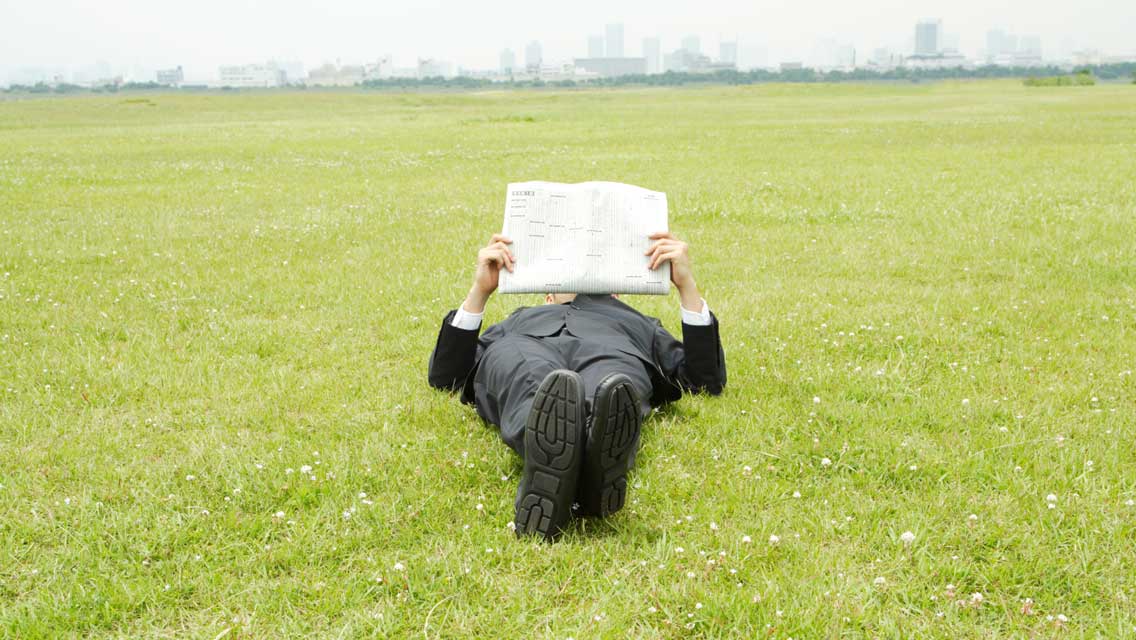This winter, I spent a week of my vacation at a Tibetan monastery located near Dolanji, in northern India. While there, I was given the gift of a lifetime. Several such gifts, actually.
The first came in the opportunity simply to visit this remote protected area — a magical and mountainous place where Tibet’s most ancient traditions and rituals provide the substrate for daily life.
It is a place where low, hypnotic chants emanate from ornate temples; where the energetic shouts of maroon-robed monks engaged in “dialectic” debate classes echo forth from open courtyards; and where even shy children passing you on the dusty road meet your eyes, nod and greet you with a quiet namaste.
The Menri Monastery and Yungdrung Bon Monastic Center is a place where classrooms dedicated to academic subjects such as “logic” and “teaching and listening” are situated alongside workshops focused on traditional arts like incense-making and appliqué. Here, study and practice of one kind or another appears to go on virtually nonstop.
In addition to its beautiful temples, the monastic compound encompasses a school and orphanage, a nunnery, an extraordinary library and museum, a media center, a Tibetan-medicine clinic, a Western-medicine clinic, dormitories, a guesthouse, and much more.
It’s incredible to think all of this was built in the last 50 years or so, and heartbreaking to imagine the circumstances that made its rebuilding necessary (the original Menri monastery, established during the 1400s, was destroyed during the Cultural Revolution and Chinese occupation of Tibet).
I spent most of my time at Menri volunteering with a doctor friend in the Western clinic or enjoying walks and talks with the Abbot, His Holiness Menri Trizin, a top lama who is considered by His Holiness the Dalai Lama and many other Tibetan leaders to be the spiritual head not just of this place but of the entire Bon Buddhist tradition. (Bon is Tibet’s native religion and thought to predate what most of us know as Tibetan Buddhist traditions by thousands of years.)
The Abbot, now in his 80s, established this monastery in 1969 with the Dalai Lama’s blessing. He is, as you might expect, a formidable individual. Prostrations and deep bows are regularly performed before him. And yet he is eminently approachable. He is sage and dignified, but also open minded and often funny. And it was thanks to him that a great many of the gifts I took away — from insights and wise counsel to unforgettable memories — came to me during my time there.
One of my favorite moments at the monastery occurred during clinic hours. I wasn’t doing anything terribly special, just weighing and measuring little kids — some as young as 4. I was “talking” to them as I went, although since I was fairly certain they couldn’t understand a word I said, I mostly did a lot of smiling, nodding and hand-signing to guide them from one station to another.
At one point, while I was helping a mini-monk get his tiny shoes back on, he looked up and smiled back at me, and I suddenly realized I was happy — silly happy — in a way I hadn’t felt in many years.
I still can’t tell you exactly why.
Maybe it’s that I was doing something simple, practical and useful. Maybe it’s that I was getting the opportunity to be kind and gentle and having the pleasure of seeing that simple kindness received.
I don’t know. But here’s the lesson I took away from that day, one of many subtle and profound gifts from the monastery and His Holiness Menri Trizin that are still setting down roots within me: Sometimes just being where you are, present with the people around you and with your own true nature in that moment, is vastly more satisfying than all the “get it done” activities most of us recklessly expend our time and energy pursuing.
Sometimes just noticing what is really happening in the here and now — noticing the gifts that are inherent in that moment — is all it takes to experience the kind of heart-opening joy and love we often chase to no avail.
We dedicated this issue of the magazine to the value of that moment, to the value of just being, resting, daydreaming, tuning in and chilling out enough that you can notice the subtle pleasures that are always trying to get your attention. And after all, isn’t that what experiencing life is really all about?




This Post Has 0 Comments